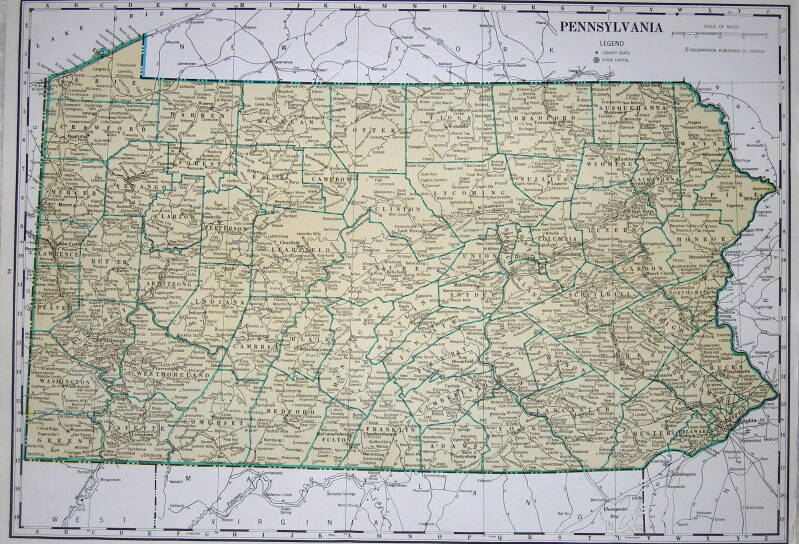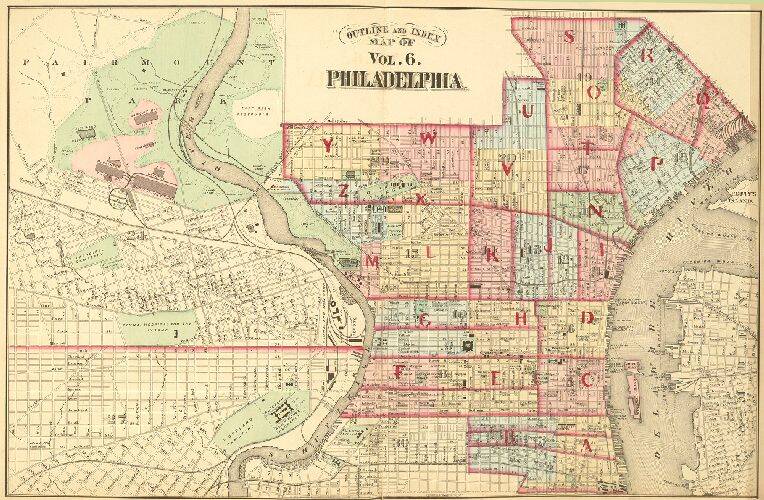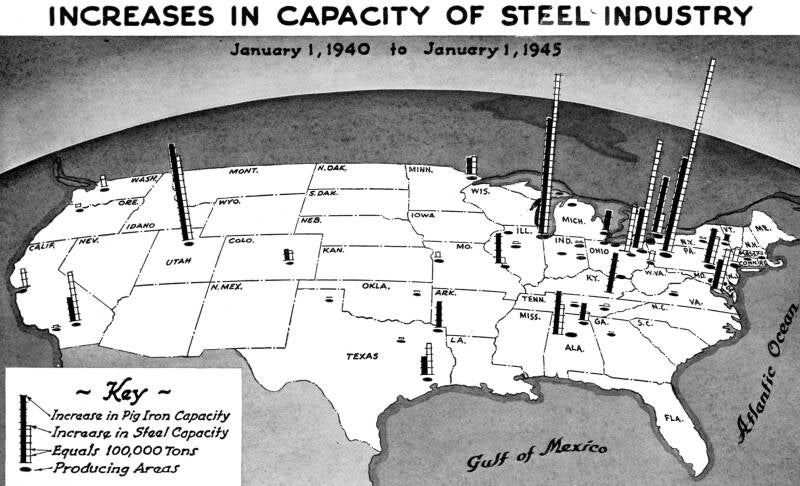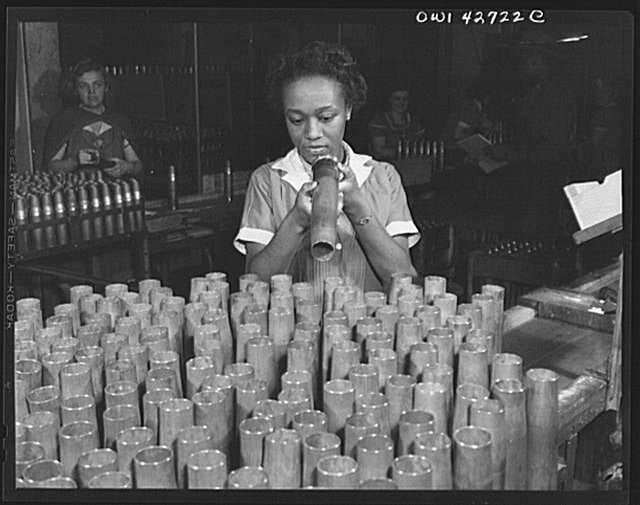The State Homefront

A map of PA from the 1940's.

A map of Philadelphia.
During World War II, nearly 900,000 men and 22,000 women from Pennsylvania served in the military.
Pennsylvania became a very important industrial power for the war effort. It had already produced a lot of steel, oil, and coal in the decades leading up to the war, but after 1941, production boomed in steel factories like the ones in Pittsburg. PA became the leading state producer for both steel and coal. 31% of American steel made during the war was made in PA, and 20% of steel produced worldwide. PA farmers also increased production in order to send larger amounts to the war front. While the amount of farms decreased during this time period because many moved to the cities to work in facotries, farmers worked on larger scales, employing migrant workers when needed.

This map depicts the increase on iron and steel production in the United States during World War II. Note that the column over Pittsburg is the highest on the map.
Pennsylvania had many factories that produced good for the war. Because of the supply of steel, PA factories were able to build large and important machines with little effort. The Sun Shipbuilding Company, in the town of Chester, produced 281 T-2 tanker oil carriers and nearly 40% of all tankers used in the war. The American Bantam Car Co. in Butler, PA designed and produced the first jeeps that were critical to the war in Europe and Asia. The Drive Corporation built a new class of attack landing craft that was crucial to the success of the Allies in Italy, Normandy (where Raymond Benjamin died) and in the campaigns in the Pacific Ocean. Raymond Benjamin himself worked at the Frankford Arsenal, a factory in Philadelphia that had long provided the United States with important munition.

The Frankford Arsenal in Philadelphia was very important for supplying munition for the army since the early 1800's. This is an image of a women working in the factory taken in 1943.
PA is also home to over 40 military bases. Some were well established, like the Carlisle Barracks, while others, like Camp Reynolds, were constructed quickly because of the war. The geographical location of Pennsylvania, with it being in the middle of the East coast, made it an important place for military bases and highway networks, like the PA Turnpike, for transporting soldiers and supplies. Many larger towns and cities, like Philadelphia, had recruitment centers that men of all ages would go to enlist. Most people didn't have to travel very far to enlist. The many military bases served as important places to train new recruits.

38 PA colleges provided training for new recruits during WWII. This is a picture of army cadets training at the University of Pittsburg.
Create Your Own Website With Webador